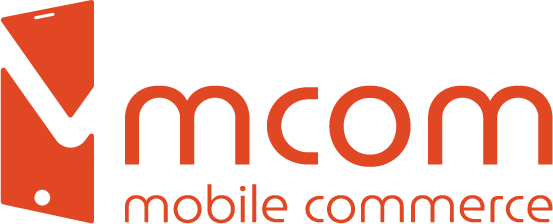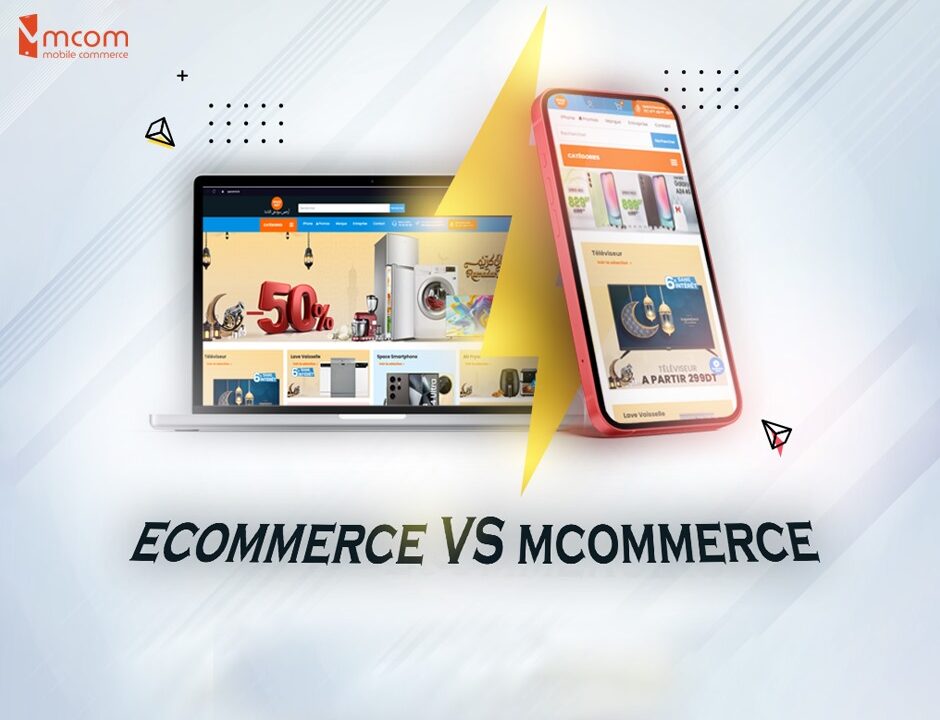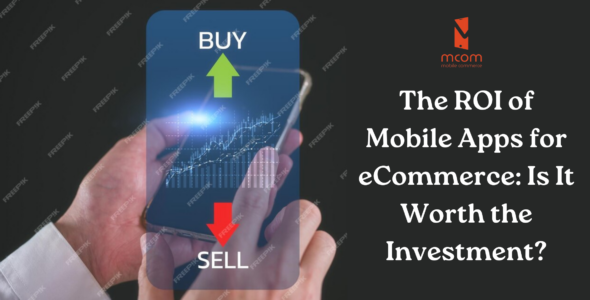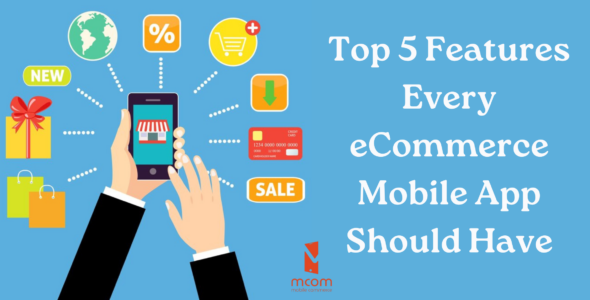1. Accessibility: Consumers can access online stores and make purchases from anywhere as long as they have an internet connection on their mobile device. In contrast, traditional e-commerce typically requires the use of a desktop or laptop computer.
2. User Experience: M-commerce often offers a more personalized and user-friendly experience through optimized mobile apps and features such as geolocation and push notifications. This allows businesses to better target their customers and provide them with offers and promotions tailored to their needs and location.
3. Payment Methods: M-commerce often integrates mobile payment methods such as e-wallets and contactless payments, providing consumers with quick and secure payment options tailored to their needs. Traditional e-commerce, on the other hand, often relies on more traditional online payment methods such as credit cards and bank transfers.
4. Push Notifications: Mobile apps allow businesses to send push notifications to users informing them about special offers, new arrivals, or order updates. This direct communication channel plays a vital role in increasing customer engagement and loyalty.
Conclusion:
While e-commerce and m-commerce share many similarities, their key differences in terms of accessibility, user experience, and payment methods set them apart. As e-commerce remains a vital component of the online shopping landscape, m-commerce continues to grow rapidly, presenting new opportunities for businesses to connect with consumers in an increasingly mobile world.

 Customer portal
Customer portal 

